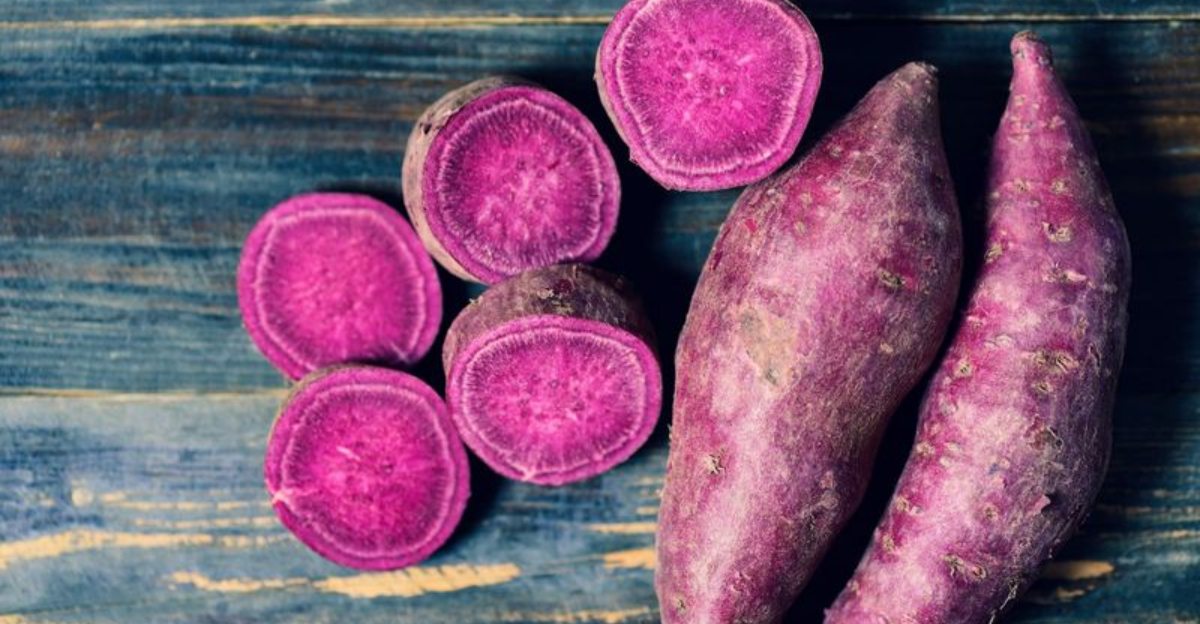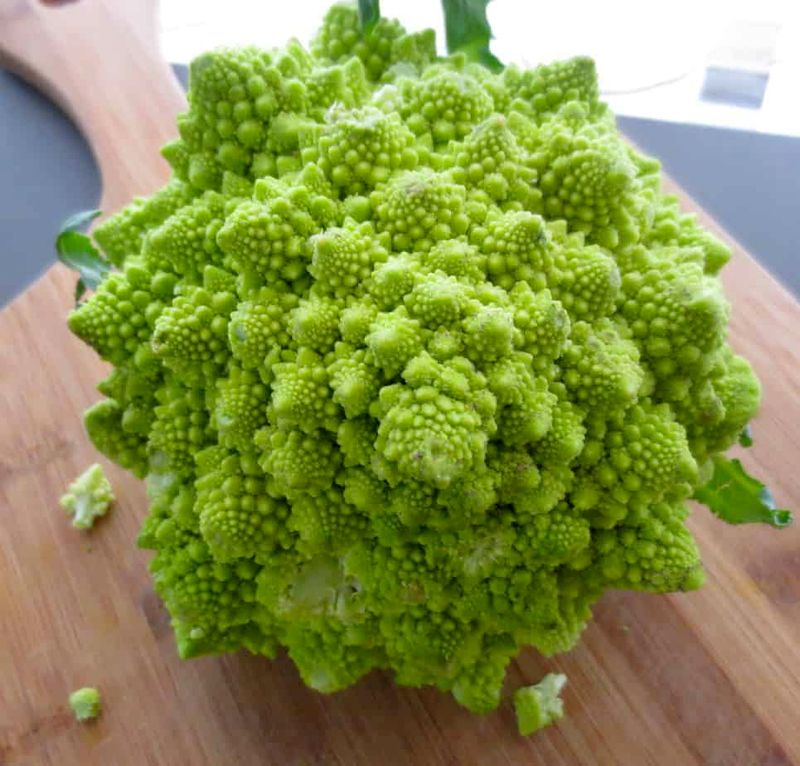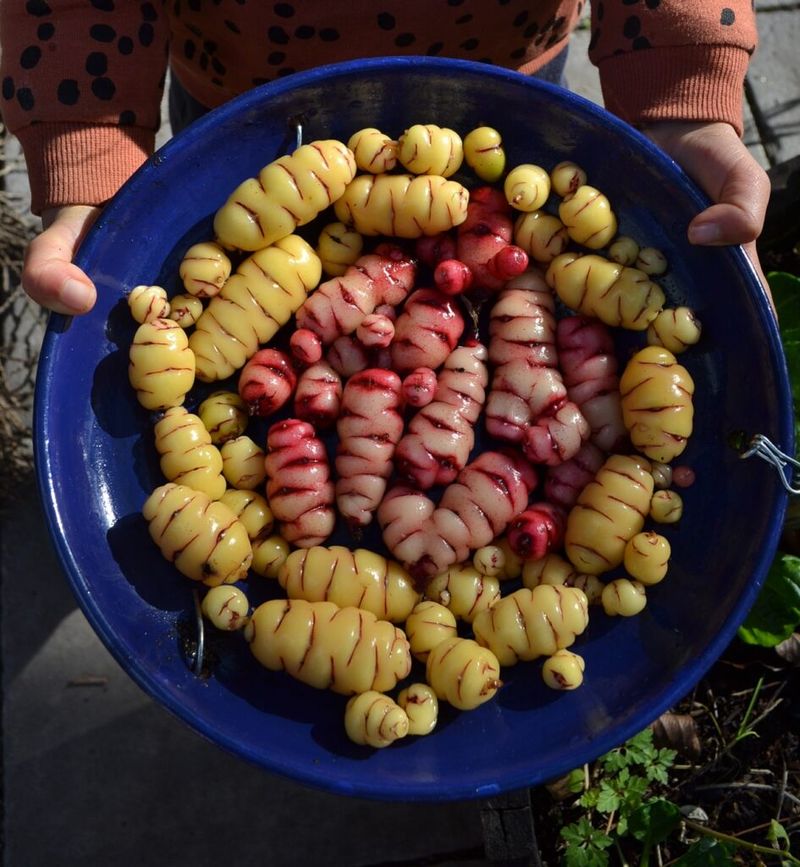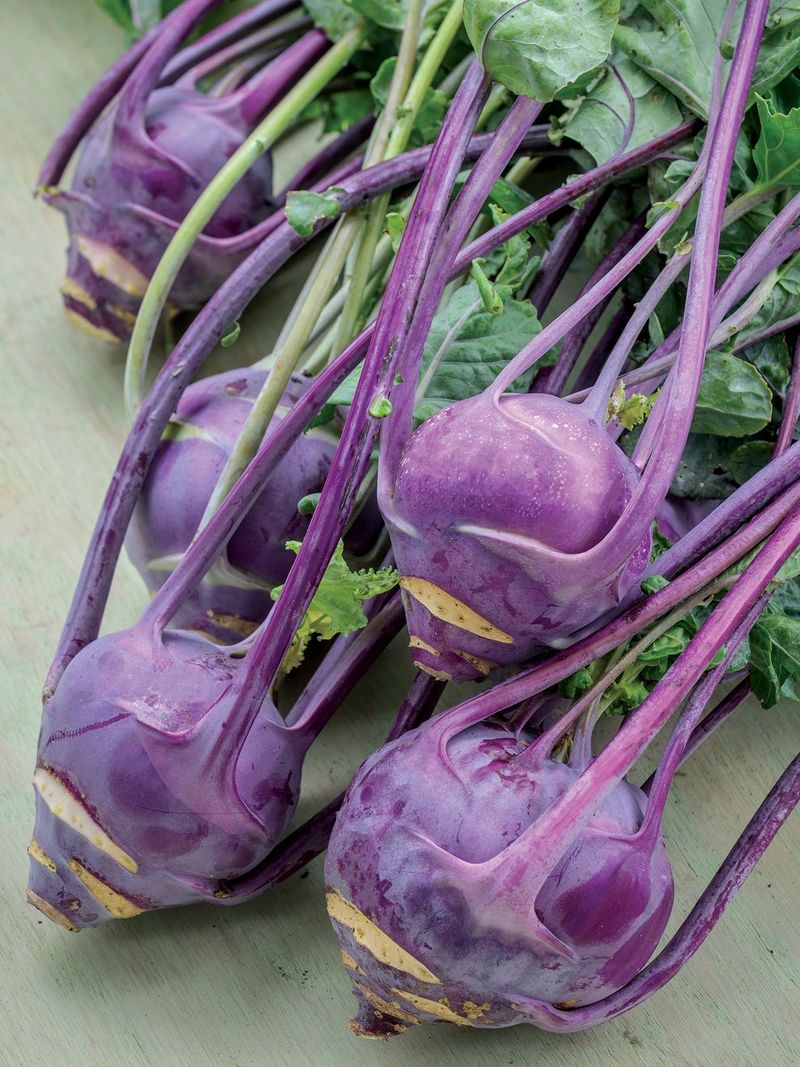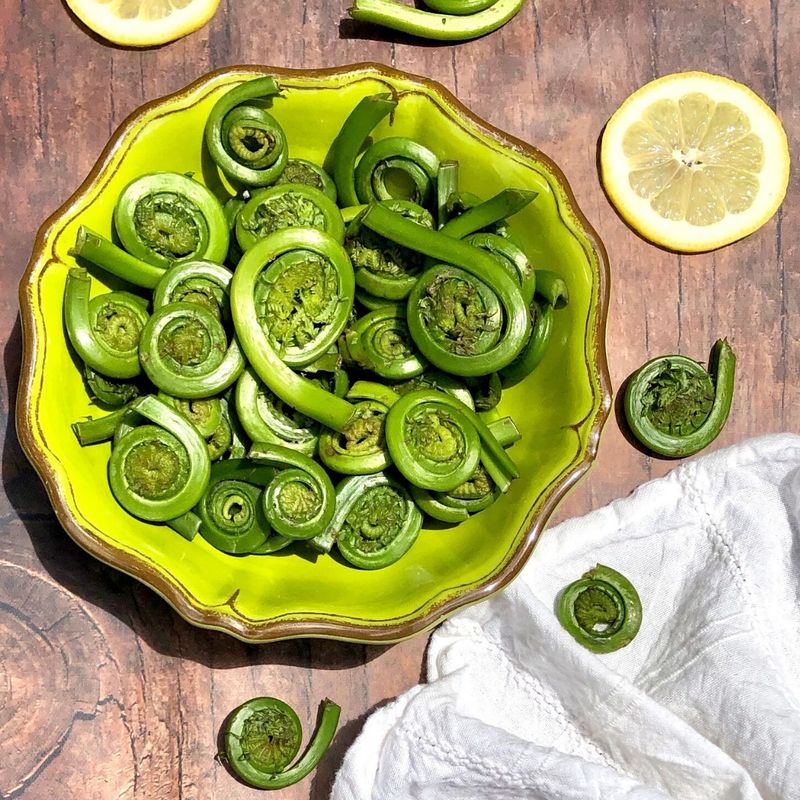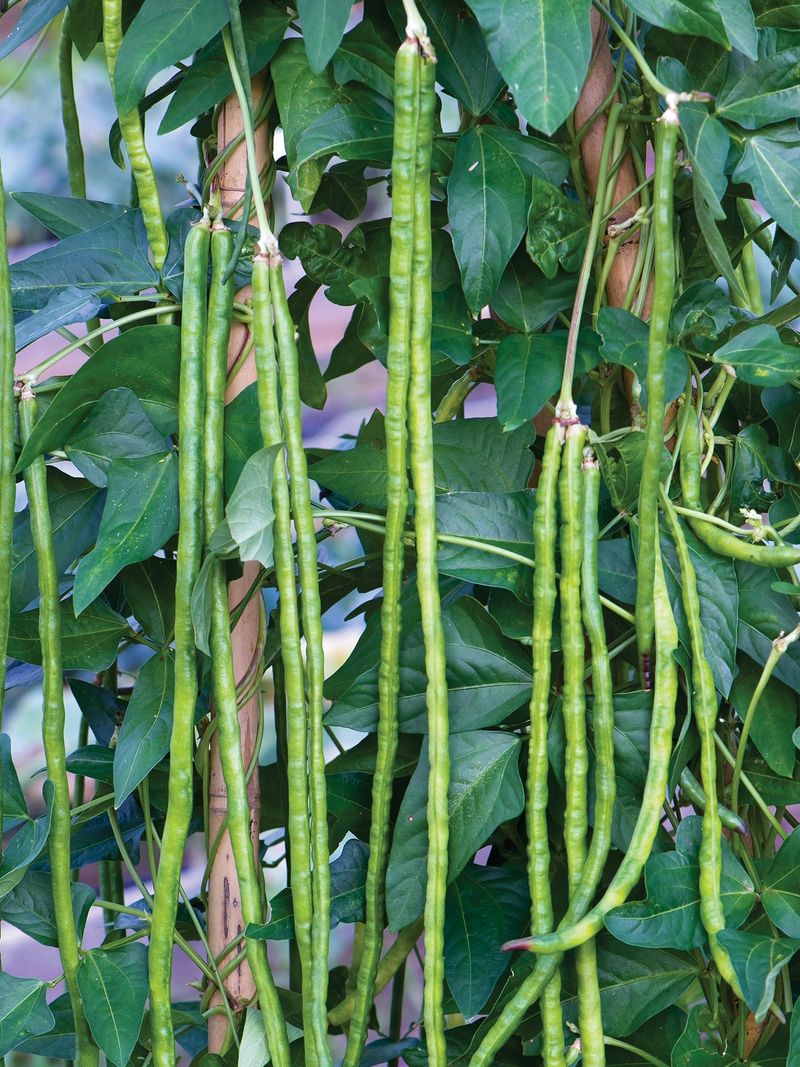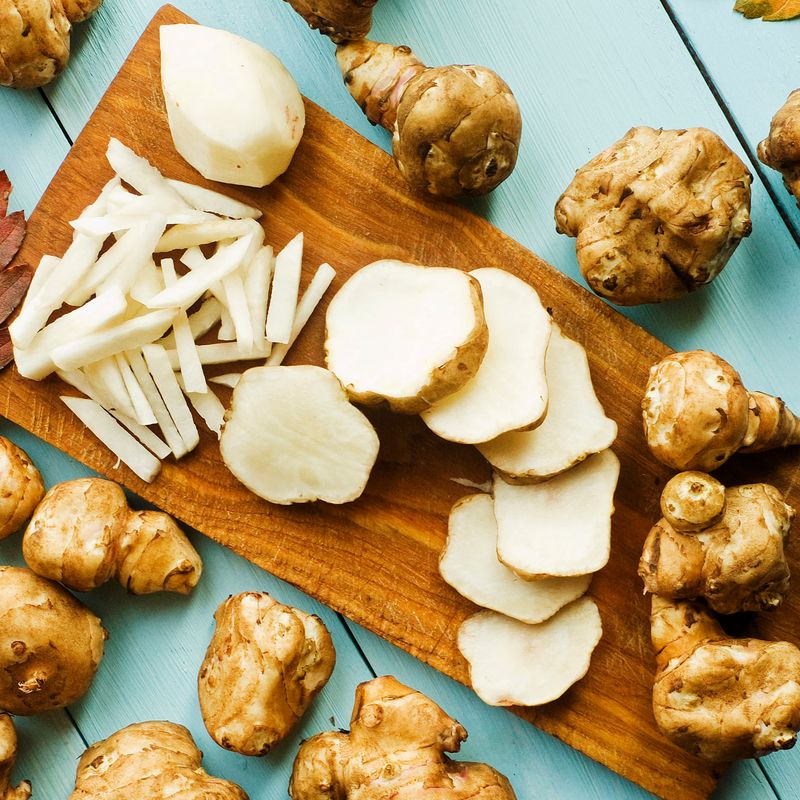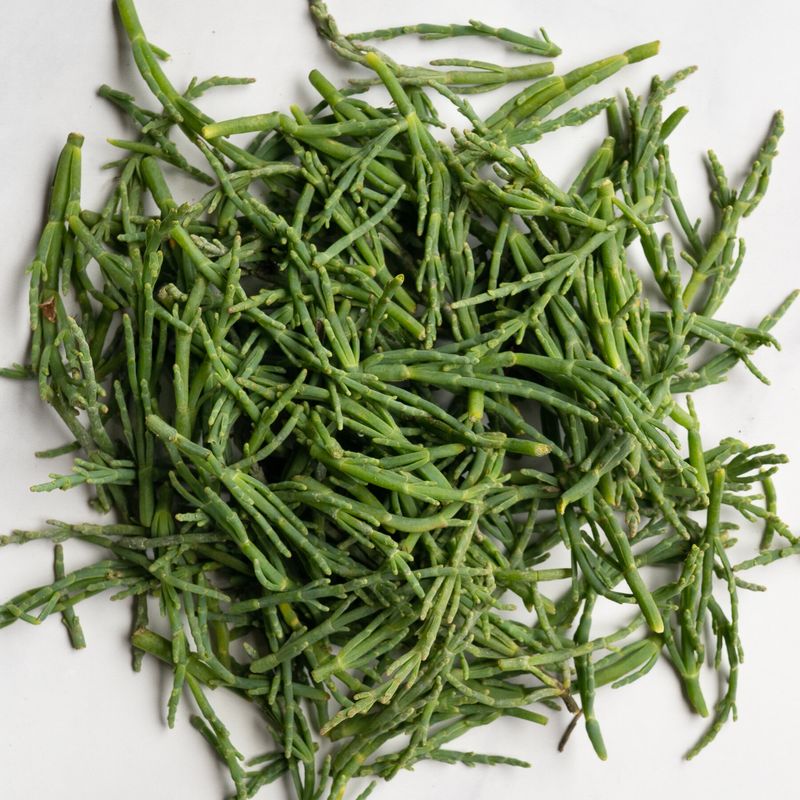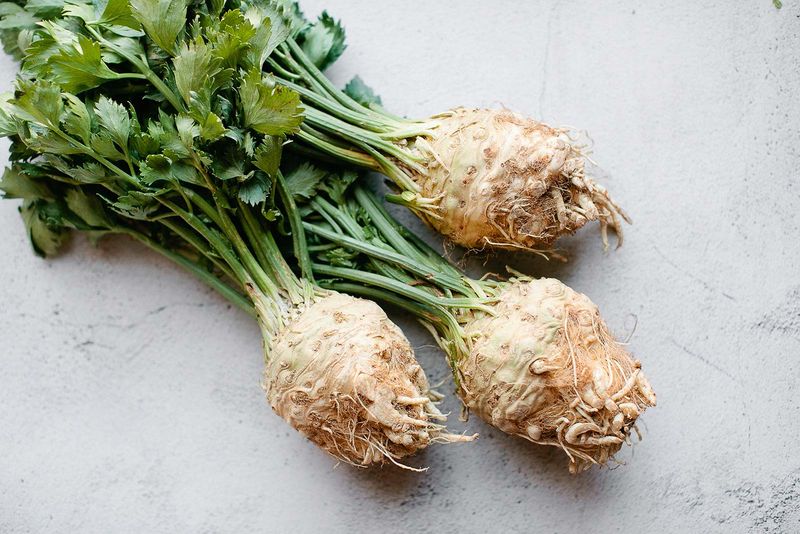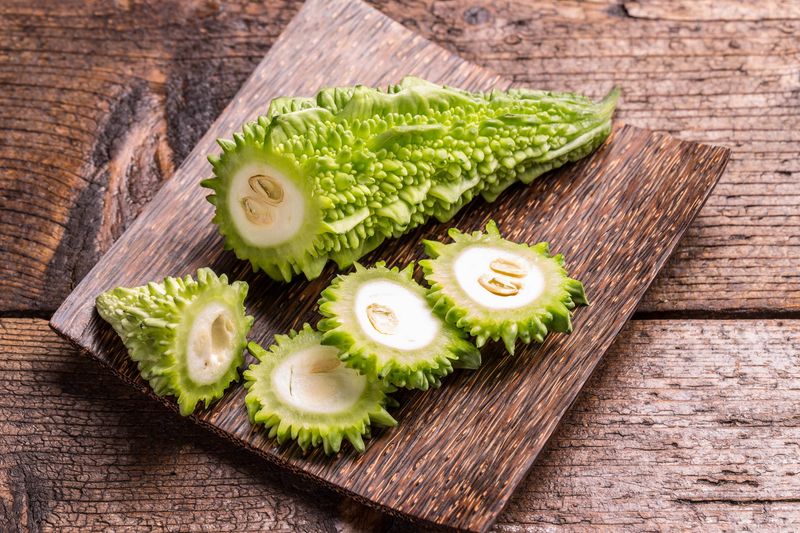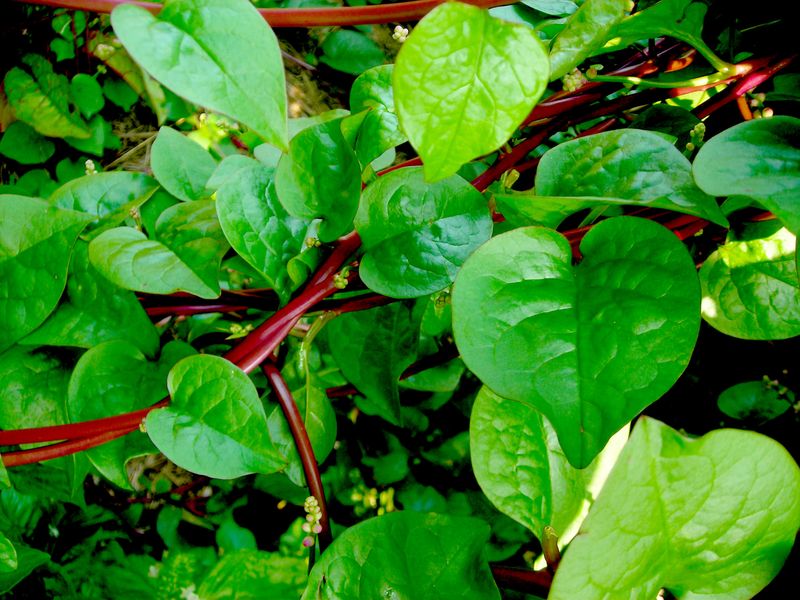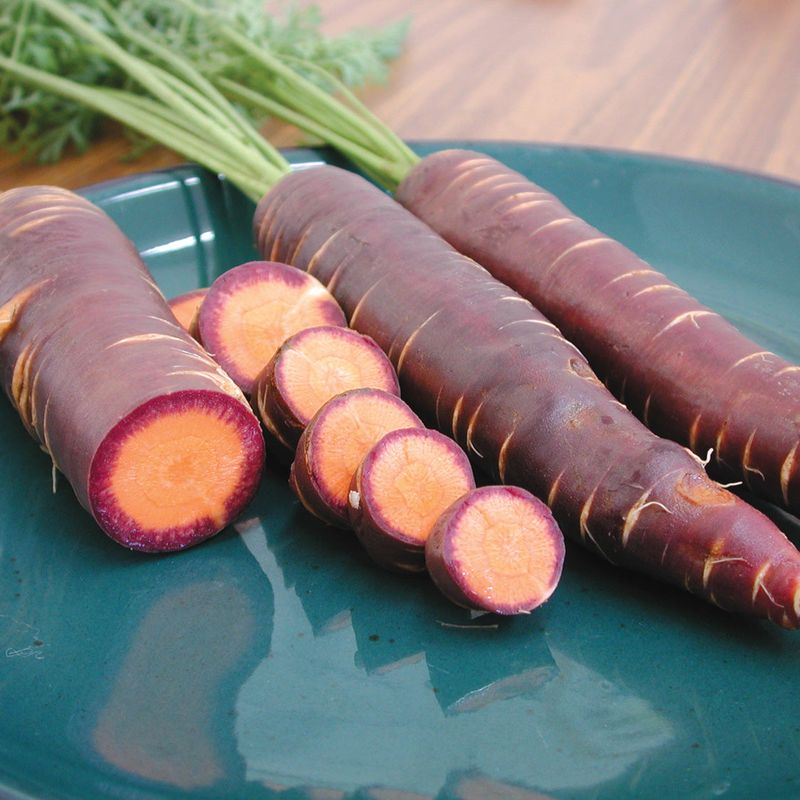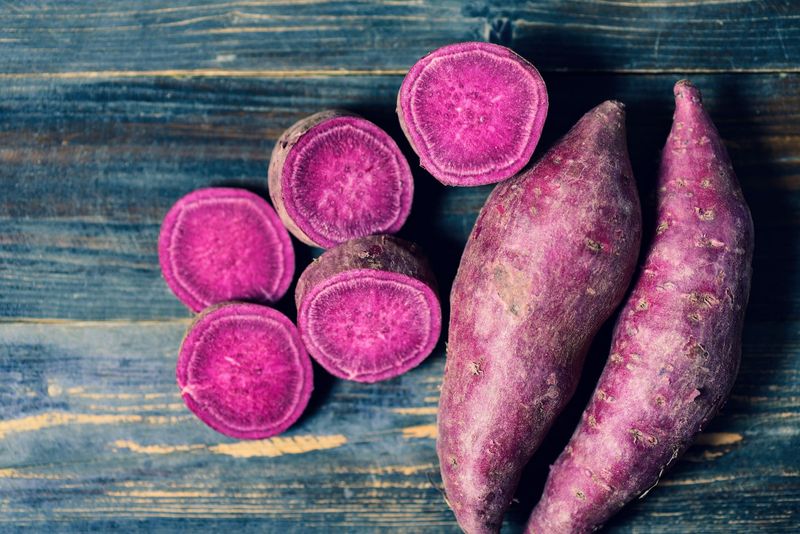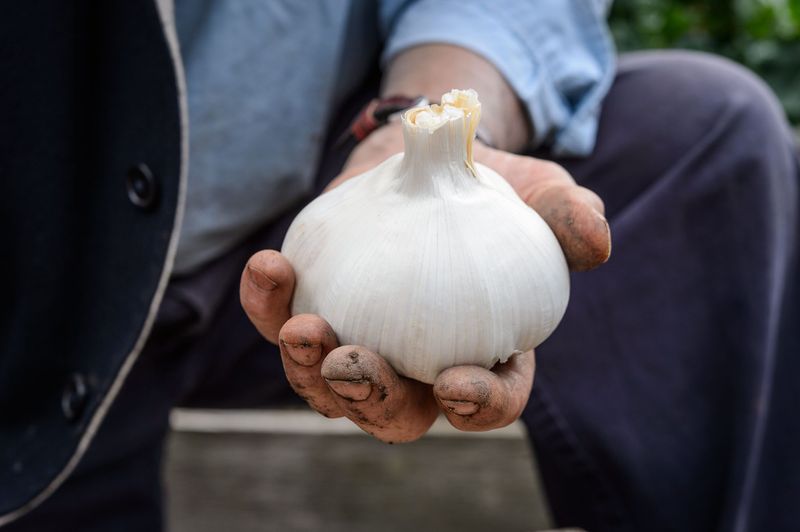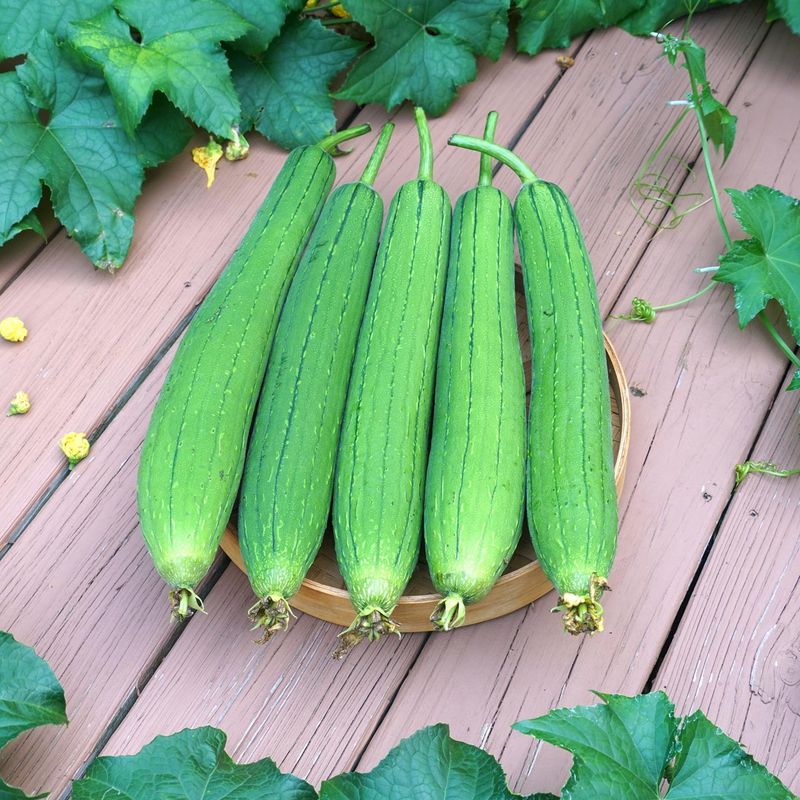Have you ever stumbled upon a vegetable that made you do a double-take? The world of vegetables is not just limited to your everyday carrots and potatoes. There’s a plethora of odd and unusual veggies out there that you might have never encountered.
From peculiar shapes to unexpected colors, these bizarre vegetables are not only fascinating to look at but also offer unique flavors and nutritional benefits.
Let’s explore this curious collection of 15 extraordinary vegetables that are sure to intrigue and surprise even the most seasoned food enthusiasts.
1. Romanesco
Romanesco looks like it belongs in a science fiction movie. Its intricate fractal design is mesmerizing, making it a favorite among mathematicians and chefs alike.
This bizarre vegetable is a type of cauliflower, easily recognizable by its bright green color and spiky yet mesmerizing appearance. It’s not just a visual treat; Romanesco is packed with vitamins C and K, fiber, and carotenoids.
When cooked, its nutty flavor complements a variety of dishes, from salads to pasta. Plus, it retains its texture better than regular cauliflower, adding a delightful crunch.
2. Oca
Originating from the Andean region, oca is a tuberous vegetable that bursts with color and flavor. It comes in a variety of bright shades like yellow, pink, and orange.
Oca’s tangy taste is often compared to that of a lemony potato, making it a unique addition to meals. It can be boiled, baked, or even eaten raw, providing versatility in the kitchen.
Beyond its flavor, oca is rich in vitamin C and fiber, contributing to a healthy diet. It’s a staple crop in its native regions, cherished for its resilience and taste.
3. Kohlrabi
Kohlrabi might look like a root vegetable, but it’s actually part of the cabbage family. Its bulbous shape and leafy top make it stand out in any vegetable patch.
The taste is akin to a mild, sweet turnip, with a crisp texture that lends itself well to salads and slaws. Kohlrabi can also be roasted or steamed, bringing out its natural sweetness.
Nutrient-rich, it’s a good source of vitamin C and potassium, supporting immune function and heart health. This curious vegetable is both versatile and nutritious.
4. Fiddlehead Ferns
Fiddlehead ferns are the young, tender shoots of the ostrich fern, harvested before they unfurl. Their unique spiral shape is a delight to behold.
Often described as tasting like a blend of asparagus and spinach, they offer a fresh, earthy flavor. Fiddleheads are usually sautéed or steamed to bring out their best taste and texture.
Rich in antioxidants and omega-3 fatty acids, they provide a nutritional boost. They are a seasonal delicacy, popular in certain regions during springtime. Always ensure they are cooked properly to avoid bitterness.
5. Yardlong Beans
Yardlong beans, also known as asparagus beans, can grow up to three feet in length, making them a visually striking addition to any garden.
Despite their length, they are tender and sweet, similar in taste to green beans. Yardlong beans are often used in Asian cuisines, sautéed or stir-fried to retain their crispiness.
They are a great source of vitamins A and C, as well as fiber, making them not just tasty but nutritious. Their climbing nature makes them ideal for vertical gardening, saving space and adding a decorative touch.
6. Sunchokes
Sunchokes, or Jerusalem artichokes, are knobby tubers that resemble ginger root. Despite their name, they are not related to artichokes or Jerusalem.
Their nutty, sweet flavor makes them a versatile ingredient, perfect for roasting, mashing, or adding to soups. They are also a healthy substitute for potatoes.
Rich in iron and potassium, sunchokes support energy levels and heart health. However, they contain inulin, which can cause digestive issues for some, so it’s best to introduce them gradually into your diet. Their quirky shape is truly one of a kind.
7. Sea Beans
Sea beans, also known as samphire, thrive in coastal regions and offer a salty, crisp flavor reminiscent of the sea. They are often used in salads and seafood dishes.
These slender, succulent greens are rich in iodine and essential minerals, making them a nutritious addition to your diet. Their natural saltiness means they can enhance dishes without extra seasoning.
Sea beans are usually harvested wild, ensuring a fresh, oceanic taste. They are a sustainable choice, often foraged responsibly, and can add a gourmet touch to simple meals.
8. Celeriac
Celeriac, also known as celery root, may not win any beauty contests with its gnarly appearance. However, it’s a culinary gem worth exploring.
This root vegetable offers a mild, celery-like flavor with nutty undertones, making it perfect for mashing, roasting, or adding to soups. Its creamy texture is a delightful surprise.
Celeriac is rich in vitamin K and essential minerals, supporting bone health and metabolism. It’s a versatile ingredient, often used in European cuisines to create comfort dishes with depth and complexity. Don’t judge it by its cover!
9. Bitter Melon
Bitter melon is a tropical fruit often used as a vegetable, known for its distinctively bitter taste. Its bumpy, vibrant green exterior is unmistakable.
Despite its bitterness, it’s popular in Asian and Caribbean cuisines, used in stir-fries, soups, and teas. The bitterness can be mellowed by parboiling or blending with other flavors.
Rich in vitamins C and A, bitter melon supports immune function and eye health. It’s also praised for potential blood sugar-lowering properties. Though an acquired taste, its health benefits make it worth trying.
10. Malabar Spinach
Malabar spinach is not true spinach, but a climbing vine with lush, glossy leaves. Its vibrant green color and heart-shaped leaves make it an attractive addition to gardens.
It has a mild flavor, similar to spinach, but with a more mucilaginous texture, especially when cooked. This makes it ideal for soups and stews, adding both color and nutrition.
High in vitamins A and C, malabar spinach promotes healthy skin and immune function. It’s a heat-tolerant plant, thriving in tropical climates where traditional spinach might struggle.
11. Nopales
Nopales are the pads of the prickly pear cactus, commonly used in Mexican cuisine. They have a unique, slightly tart flavor and a crisp texture.
Often grilled or sautéed, nopales are a key ingredient in salads, tacos, and egg dishes. Their mucilaginous quality can be minimized by cooking or pairing with acidic ingredients.
Rich in fiber, vitamins, and minerals, they support digestion and overall health. Nopales are a sustainable food source, as cacti require minimal water to thrive, making them perfect for arid regions.
12. Dragon Carrot
The Dragon Carrot is a striking vegetable known for its fiery orange hue and serpentine shape. Once you see it, you can’t mistake it for an ordinary carrot.
This peculiar carrot boasts a crunchy texture and a sweet, slightly spicy flavor that elevates any dish. It’s perfect for adding a splash of color to your salads or stir-fries.
Originally cultivated in ancient Persia, this oddity has made a comeback due to its unique aesthetic appeal and nutritional benefits. Rich in beta-carotene, it’s a feast for both the eyes and the body.
13. Purple Yam
Purple Yam, often mistaken for ordinary sweet potatoes, is a visual delight with its deep violet flesh. Its rich color is matched by a sweet, nutty taste that makes it a versatile kitchen staple.
This vibrant tuber is popular in Southeast Asian cuisines, where it’s used in desserts, snacks, and even savory dishes.
Not only does it add a splash of color, but it’s also packed with antioxidants and vitamins. Incorporating Purple Yam into your diet can be both a culinary adventure and a healthful choice.
14. Elephant Garlic
Elephant Garlic, despite its name, is more closely related to leeks than traditional garlic. Its enormous size and mild flavor make it a unique addition to the culinary world.
Its cloves are so large they resemble garlic on steroids, making peeling and chopping a breeze.
This gentle giant is perfect for those who enjoy the subtle flavors of garlic without the overpowering intensity. Roast it, grill it, or add it to soups for a mellow, garlicky touch. Its size and mildness make it a favorite among chefs worldwide.
15. Luffa Gourd
A Luffa Gourd is often mistaken for a vegetable, but it’s actually a fruit that transforms into a sponge when dried. Fresh, it’s used in Asian cuisines for soups and stir-fries.
It has a mild flavor and crunchy texture, making it a delightful addition to various dishes.
Interestingly, when mature and dried, the luffa becomes a natural cleaning sponge. Its dual-purpose nature makes it a fascinating plant to grow and use. Whether in the kitchen or bath, Luffa Gourd is truly unique.
